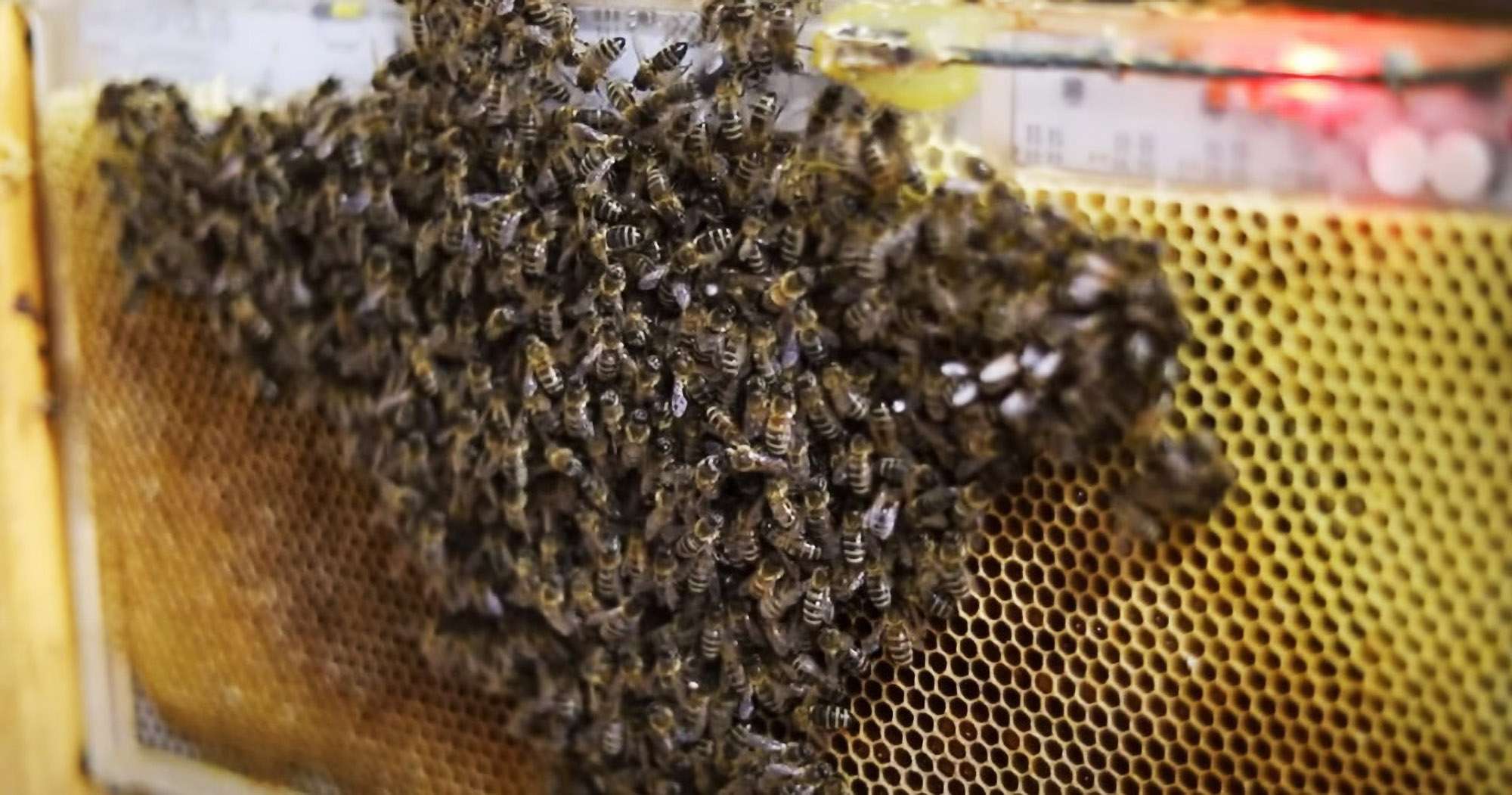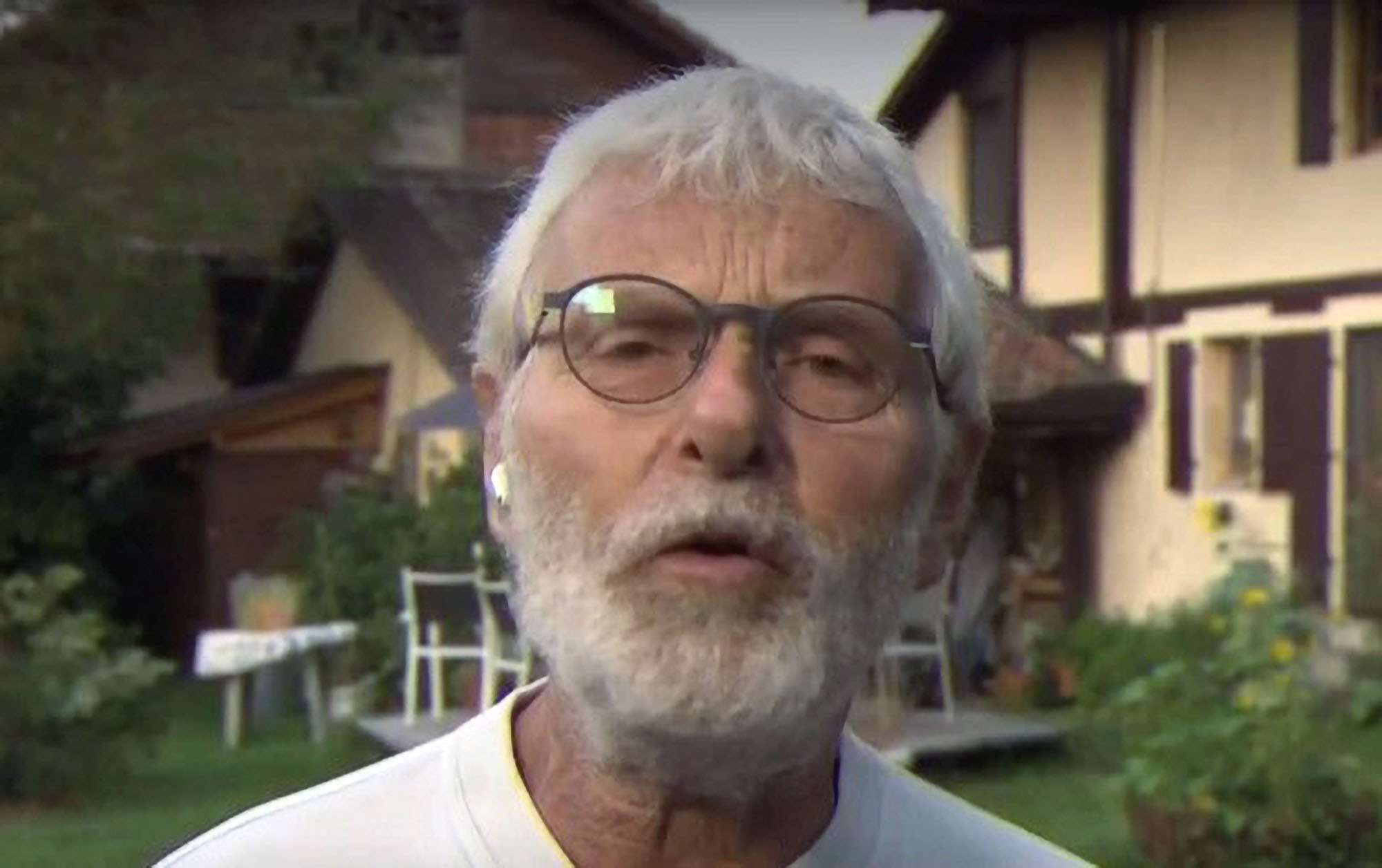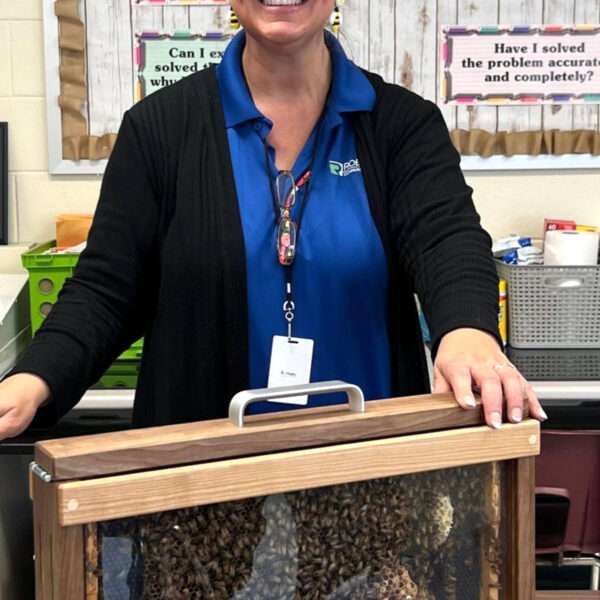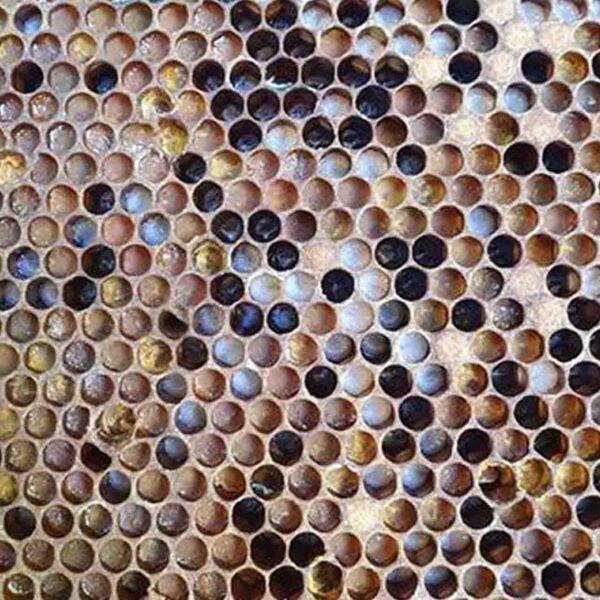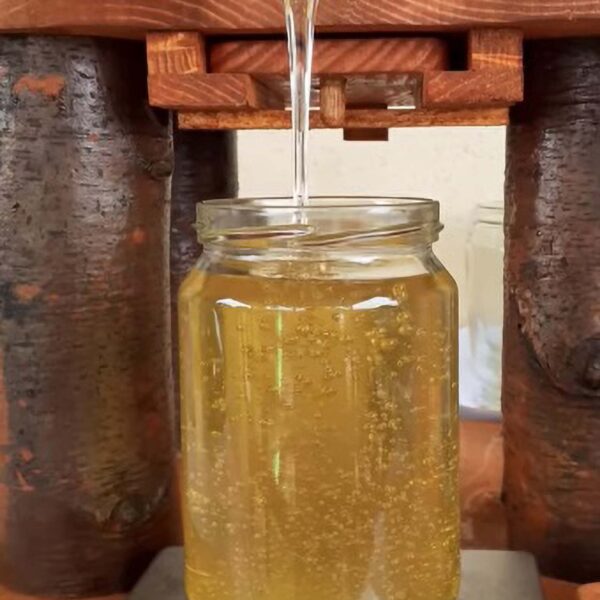Researchers in Central Europe have developed a high-tech hive heating system beekeepers can operate to avoid losing their colonies in harsh winters.
In the cold period, honeybees form clusters inside their hives to keep warm as soon as outside temperatures decrease below 10 degrees centigrade.
The queen of the colony stays in the centre of the formation while the worker bees are vibrating their bodies to generate heat. The temperature inside the cluster can reach nearly 40 degrees centigrade.
The Britannica encyclopedia refers to the procedure as “sort of like a giant three-month slumber party.”
Now scientists from Graz University in Austria and the EPFL Institute of Technology in Lausanne, Switzerland, have revealed details of their sophisticated heated honeycomb project.
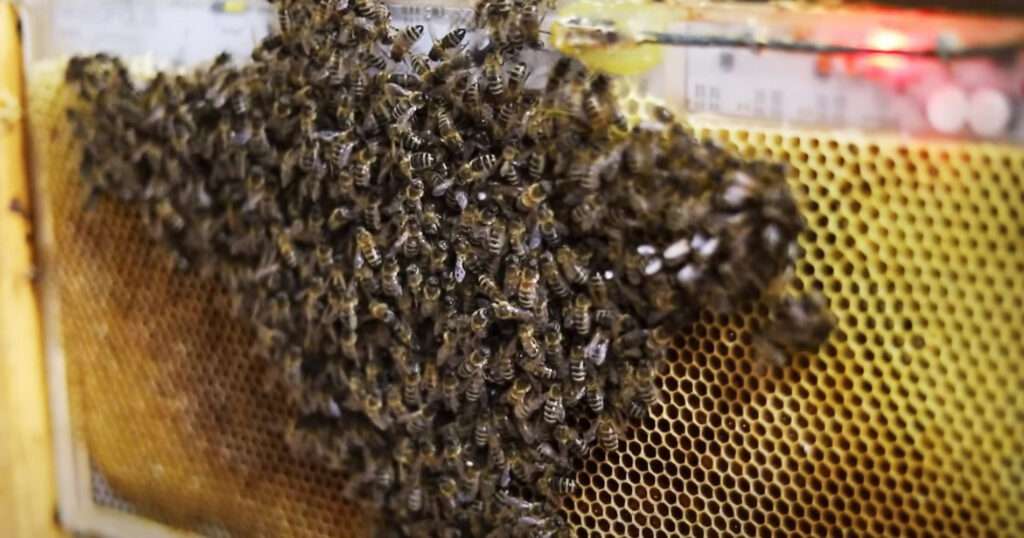
The researchers’ multi-faceted creation does not just feature dozens of two-millimetre thermic sensors. Their special hives are also equipped with small heating panels that can be switched on by the apiarist who receives a text message whenever the temperature drops.
First tests involving a colony of 4,000 honeybees have shown that the pollinators are not distracted by the small sensors.
The experiment’s colony eventually perished, experts from Graz University’s Institute of Biology admitted. The researchers assume that the death of its queen was the reason.
But biologist Prof Thomas Schmickl emphasised: “Our efforts avoided its immediate collapse. We managed to extend the colony’s existence by two months.”
Speaking to science magazine Heise Online, the founder of the Artificial Life Lab concluded: “The heated combs can be applied in winter as a supportive measure.”
Alongside Varroa mite infestations, attacks by predators like Asian hornets and diseases such as American foulbrood, wintertime colony loss is one of the main concerns beekeepers have to deal with.
There are around 33,000 beekeepers in Austria, a country of nine million inhabitants. They currently manage around 456,000 honeybee colonies.
More than 17,000 of Switzerland’s 8.7 million inhabitants engage in apiculture. They are in charge of 165,000 colonies.

